Sentō – The Bathhouse Culture That Nurtures Japanese Community
Tenjin-yu(天神湯)│Kentaro Imai
Sento, Japan’s public bathhouses, have been embedded in urban life for centuries. Unlike onsen, which draw their warmth from volcanic heat and often serve as getaways, sento have always existed as part of everyday life.
While the number of sento has decreased in recent decades due to lifestyle changes, many still serve as important places for relaxation, connection, and community. Once, they were a necessity, as millions lived in homes without baths. Today, they survive as relics of a different rhythm, from a time where connection just required a shared pool of hot water.
We take a closer look at sento culture from a contemporary perspective, not as a fading tradition, but as an evolving part of Japanese culture.
Bathing as Common Ground
A sento is not anonymous, at all. It’s communal and it’s local. For around 500 yen anyone can walk in. The elderly regulars, salarymen, students killing time after school, the occasional tattooed outlier, quietly asserting their place. If you are that tattooed outlier, it’s worth doing a bit of research beforehand. Most public baths do allow tattoos these days, but you might still catch some bad luck and end up in one that doesn’t. The fancy type of sento, which are about triple the entry price, and sauna-focused bathhouses, usually aren’t tattoo-friendly, but your average neighborhood sento often is.
You won’t find small talk as much as quiet nods and mutual recognition. These spaces nurture what the Japanese call kuuki (空気): an unspoken atmosphere that binds people gently together. And that’s the point. A sento is a kind of civic glue. It’s neither home nor workplace. It’s an unclaimed third space. Yet it holds a kind of intimacy that few institutions today can replicate.
You’re stripped down to skin and breath, just another human soaking in the same heat. This quiet equality, rare in public life, is what makes sento a place of leveling.
Okura-yu(大蔵湯)│Kentaro Imai
The Sento Ritual
For first-time visitors, the thought of walking naked into a quiet room full of strangers can be daunting enough. Add to that the invisible rules of etiquette, and many foreigners back away before ever stepping inside. But once you understand the flow, it’s a deeply welcoming experience.
Here’s how to do it right:
1. Pay and enter
Most sento have a small ticket machine near the entrance, usually around 500 yen. Occasionally you pay at the ticket booth. Once inside, you’ll remove your shoes and place them in a locker. Men and women have separate bathing areas, clearly marked.
2. Undress completely
In the changing room, store your clothes in a locker or basket. You’ll go in completely nude. This isn’t negotiable. Modesty towels are for washing, not for covering.
3. Wash before entering the bath
Another non-negotiable. Sit on one of the stools at the washing stations, and scrub yourself thoroughly using the provided soap or your own. Make sure no soap or shampoo lingers on your body or in your hair, rinsing completely is key.
4. Enter the bath slowly
The baths are meant for soaking instead of washing. Dip in gradually and don’t splash. Keep your small towel out of the water, most locals fold it and place it on their head.
5. Relax, quietly
You’re here to unwind. Many people close their eyes, lean back, and let the steam do its work. Talking is fine in moderation, but loud voices or phone use are frowned upon. You’ll start to feel what kuuki really means.
6. Rinse off and dry before returning to the changing room
Some bathers rinse off with clean water after soaking. Before stepping back into the dressing area, towel off briefly to avoid tracking water across the floor.
Once you’ve done it, the ritual becomes second nature. What felt intimidating becomes comforting before you know it.
Tenjin-yu(天神湯)│Kentaro Imai
The Changing Face of Sento
There were once over 10,000 sento across Japan. Today, that number hovers below 2,000. The causes are familiar: aging infrastructure, lack of successors, rising costs. But the loss is deeper than statistics suggest. When a sento closes, it takes something invisible with it, a vital gathering place that harbours a neighborhood’s casual cohesion, its slow pulse. They support elderly wellness, act as emergency shelters during natural disasters, and offer children a place to socialize.
And yet, they persist. Japanese culture values both continuity and adaptation. Sento embodies this duality. In some corners of Tokyo and Osaka, you’ll find bathhouses quietly transformed. Reimagined instead of demolished. Young owners are taking the keys, stripping the rust, and leaving the spirit intact. Some sento now host live music. Others serve craft beer in the lounge. The core remains untouched: people arriving tired, leaving lighter.
Architect Kentaro Imai, who has overseen the renovation of many Tokyo sento, describes them as follows:
“In sento, everyone is naked and soaking in the same water. Social status and titles don’t matter here. It’s a truly equal and special space.”
Tenjin-yu(天神湯)│Kentaro Imai
Preserving Sento Culture
Beyond tradition, sento’s survival depends on reinvention, and few have tapped into that better than BEAMS JAPAN. Their ongoing initiative Sento no Susume (Sento Recommendation) aims to gently reintroduce Japan’s bathhouses to a younger generation that may not have grown up with them. Rather than treating sento as relics, the project frames them as living cultural spaces worth revisiting. Since its launch, the initiative has blended sento with local communities, streetwear and pop-up installations.
Sento No Susume 2025 visual
This summer marks the fifth edition of the project: Sento no Susume 2025 – Osaka/Kansai Edition. BEAMS JAPAN teams up with Cow Brand Soap to transform Yutopia Shiratama Onsen in Osaka into a space where pop culture and bathing culture come together. With support from video game powerhouse Capcom, the pop-up will feature art installations inspired by the Street Fighter universe and custom murals depicting E. Honda and Ryu within the bathhouse itself.
Beyond Yutopia, around 160 sento across the Kansai region will display limited-edition E. Honda noren curtains, and a 12-stop sento stamp rally will invite bathhouse-goers to explore their city anew. The first 4,500 participants who complete the rally will even receive an original towel.
Meanwhile, BEAMS will host pop-up shops at their Kansai stores in Tennoji, Umeda (August 7–21), and Namba (until August 31), featuring exclusive limited-edition merchandise. For those outside of Osaka, select items will be available at 23 stores in the Kansai region. And for those outside of Japan, BEAMS will launch a social media campaign offering free original stickers to visitors who engage with the project online. Details will be posted on the BEAMS NEWS page.
Projects like these help sento breathe again, on new terms, with new audiences. It’s the combination of these creative revivals, the quiet reinvention of spaces by architects like Kentaro Imai, and the steady efforts of those who preserve sento in their original form, that makes their survival possible. A balance of past, present, and future soaked into every tile.
As places that continue to support Japan’s communities and way of life, sento deserves our attention and care. At Yokogao Magazine, we will keep following the evolution of this culture to help ensure its story is not forgotten, but shared, both in Japan and around the world.
Special thanks to Tenjin-yu, Okura-yu, Kentaro Imai, and BEAMS Japan for providing the photos.




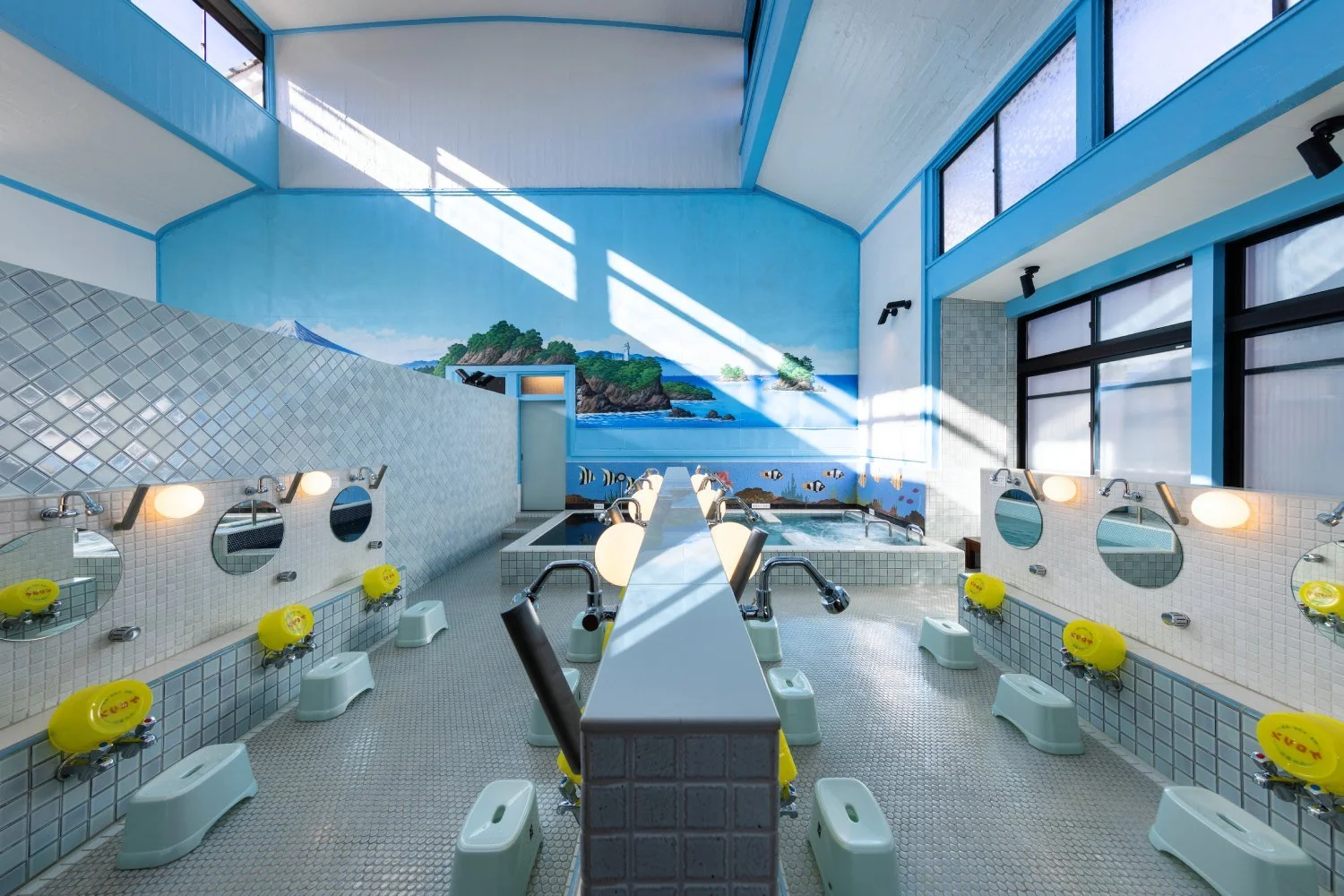
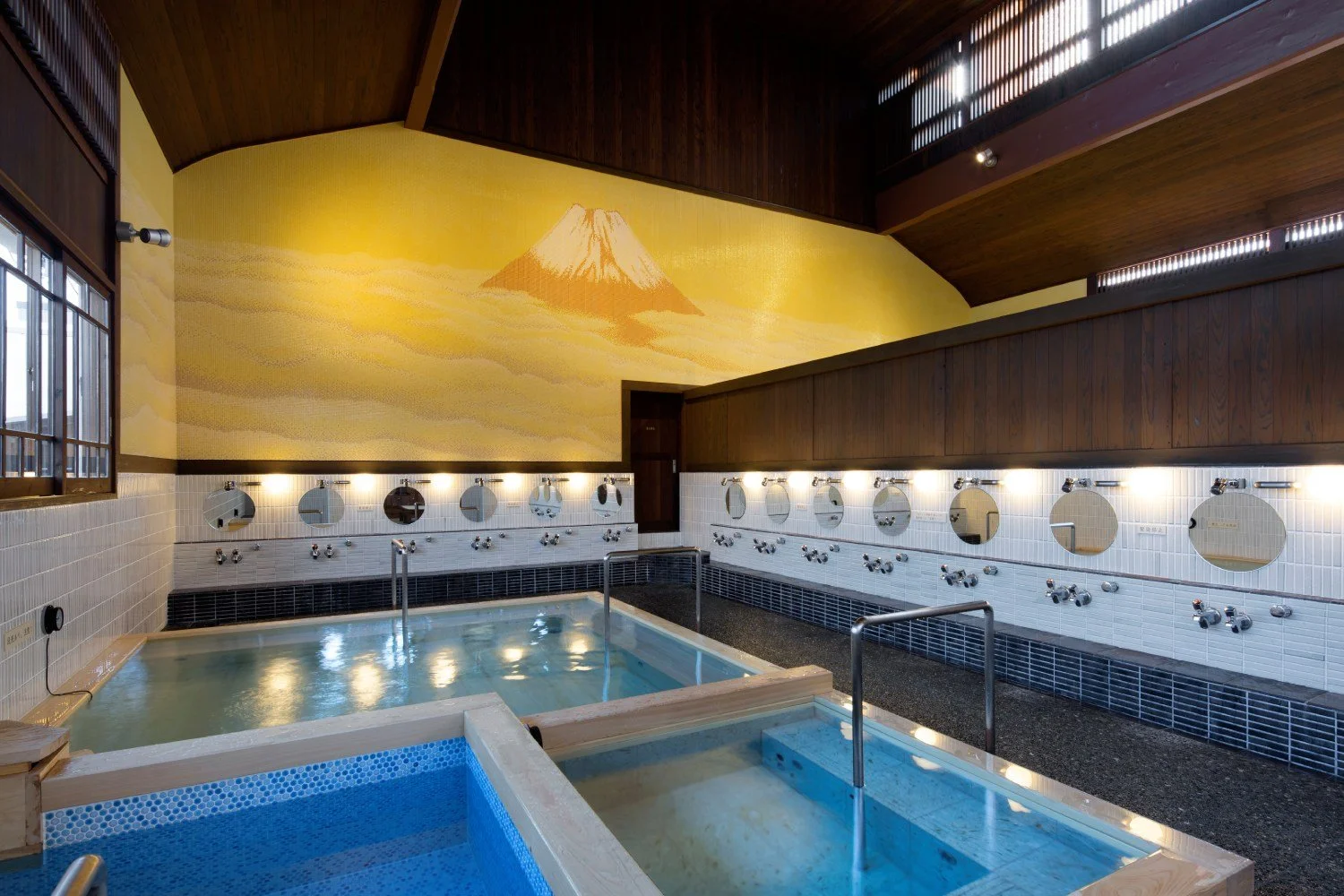





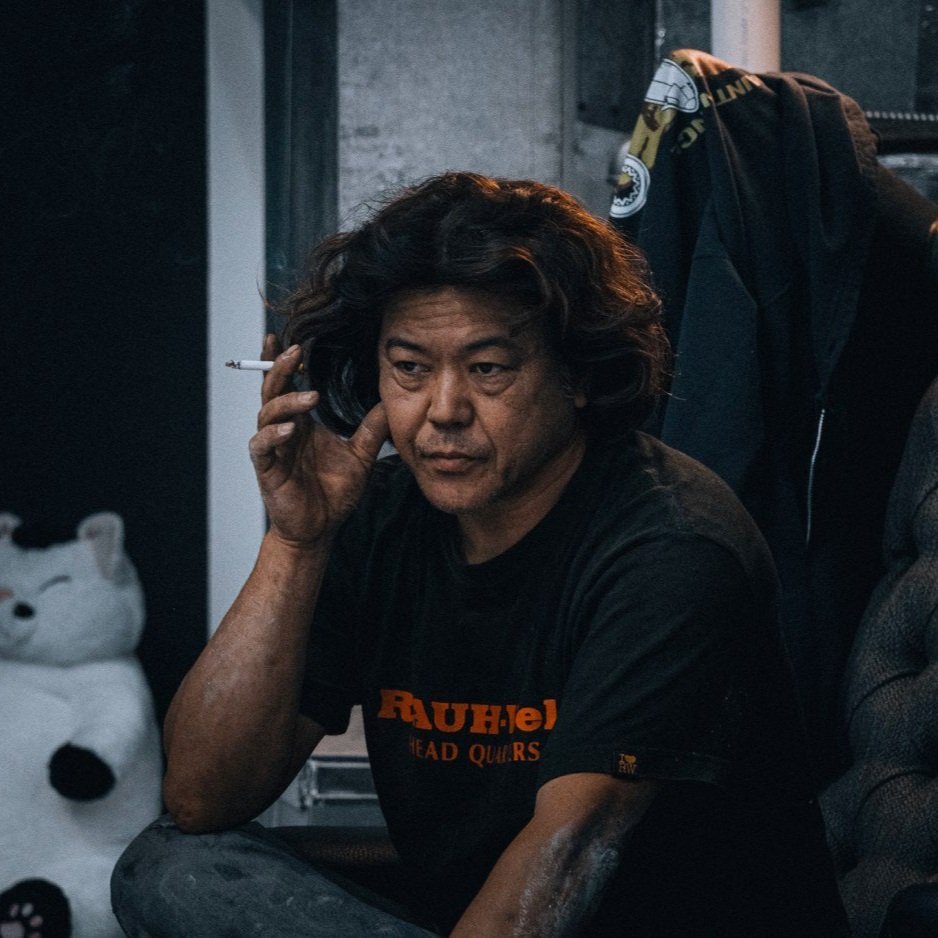
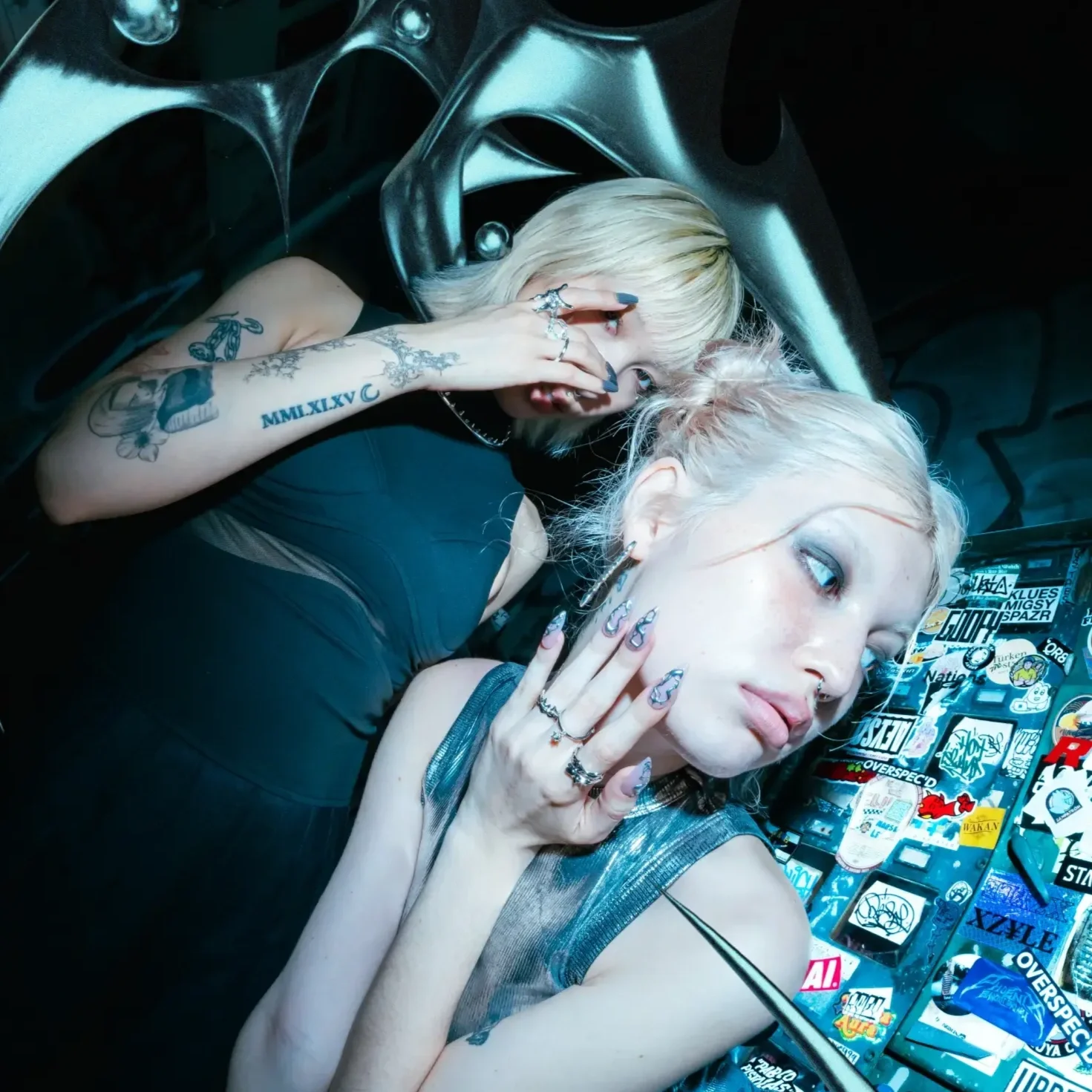
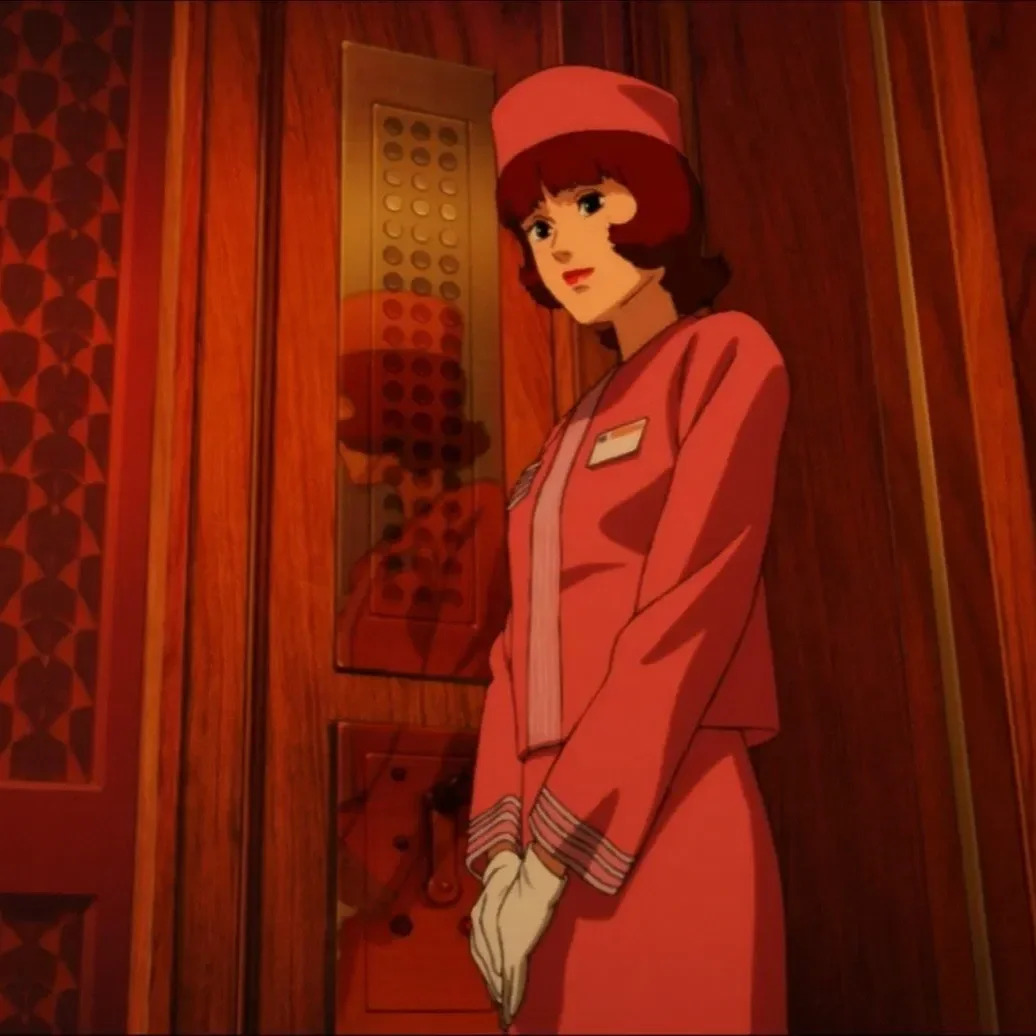
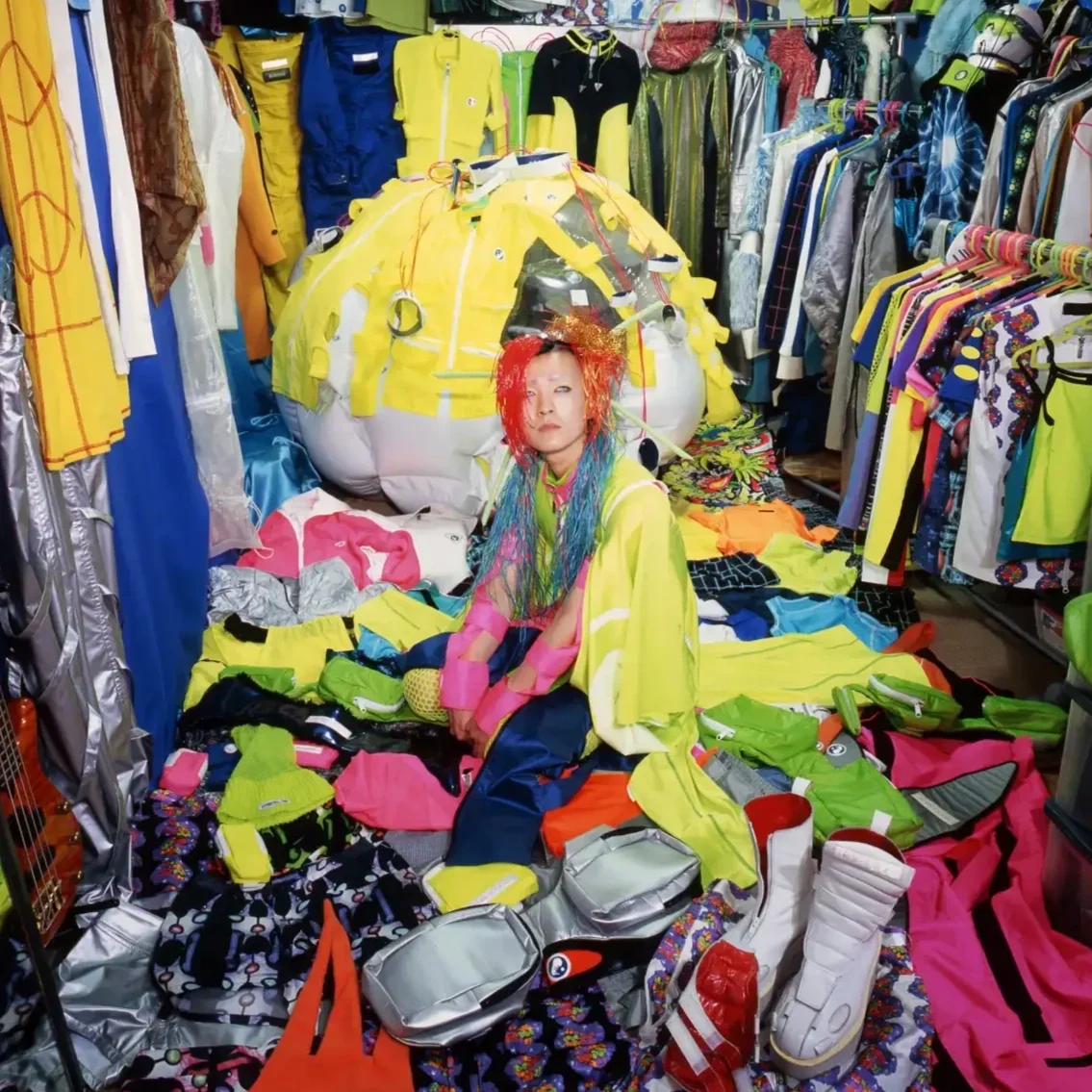
Tokyo’s outsider spirit, Blue Spring, and emotion stitched into Elsewhere.